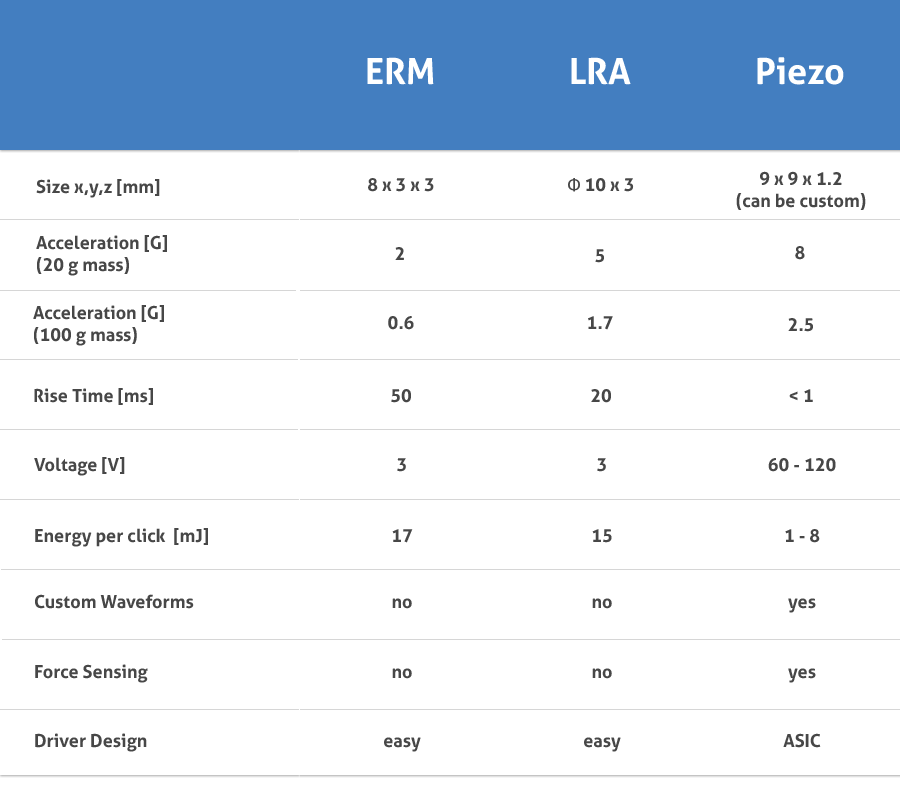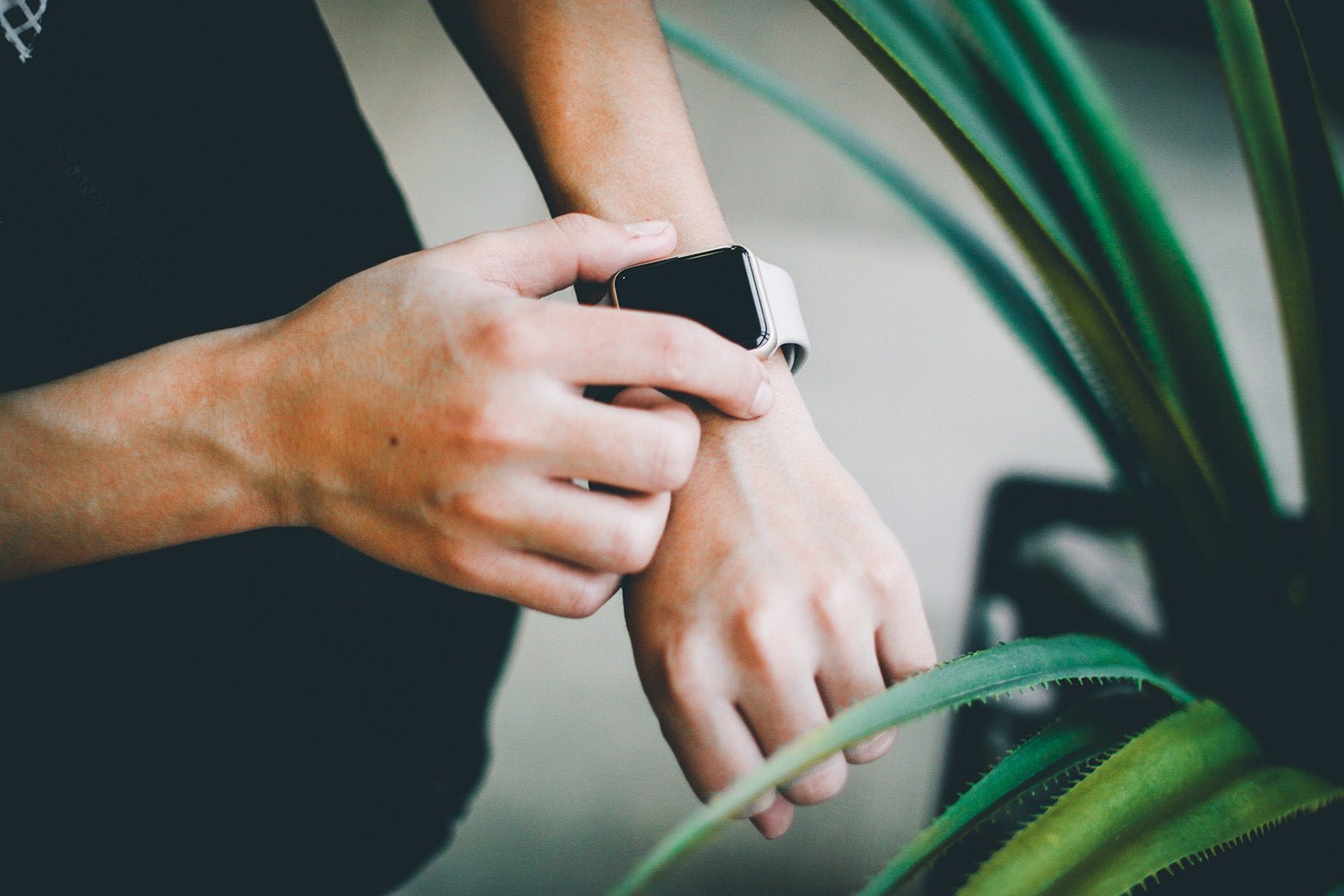This post is an excerpt of our free guide How Piezoelectric Haptics Can Help You Improve Your Device. You can download it for free here.
The smartphone revolution that took the world by storm in the last ten years brought multiple new technologies. The biggest one was the introduction of the touchscreen as the main input device. Now touchscreens are used in a wide array of applications. They can be found on phones, tablets, computers, cars and even home appliances like refrigerators. While touchscreens bring a nice interface and enable a lot of useful features, they still lack a major contributor to the user experience: touch feedback. On-screen buttons, like virtual keyboards, don’t provide feedback like a real physical button does. This makes touchscreen buttons a little harder to use than their physical counterpart. To solve this problem, engineers found ways to add feedback by integrating haptic solutions in their devices, but all technologies are not equal.

Haptic solutions have been around for some time, making devices vibrate to notify their user. But haptic is evolving, entering a new revolution: high-definition (HD) haptic feedback. Thanks to the improvement of electronic components, users are about to feel a lot more than simple vibrations from their devices.
This revolution will enable the user to feel more detailed effects through their device. High-definition haptic technology will make its way into numerous markets such as smartphones, smartwatches, gaming, medical, automotive, clothing and many more. Imagine being able to feel the texture of the fabric of the new sweater you’re looking to buy online texture by just swiping your finger across your smartphone screen. Crazy right? These applications require high-performing haptic solutions for improved communication between the user and the device. And the components required are already available.
High-Definition Haptic Era Driven by Piezoelectric Technologies
There are multiple options when it comes to integrate haptic feedback into a device. The most common are Eccentric Rotating Mass Motors (ERM), Linear Resonant Actuators (LRA) and piezoelectric actuators.
ERM are composed of an off-center mass on a rotating shaft driven by an electric motor. The rotating weight creates the vibration. LRA use a magnetic weight suspended by coils. Current pulses sent to the coils generate a magnetic field that moves the mass, creating vibrations. Piezoelectric actuators are based on the piezoelectric effect. High voltage applied across the piezoelectric material (like ceramic) deforms it which creates vibrations.

They all have advantages and disadvantages, but only piezo actuators offer the performance necessary to enable high-definition haptic feedback. Those three solutions work on the same principle: a driver controlling an actuator to create a vibration.
In a nutshell, piezoelectric actuators offer better design flexibility and their feedback is precise and powerful. For example, they can easily replace physical buttons on a mobile device, either to provide a customizable user experience or to render a device watertight. Many phone manufacturers already went this way[1]. More precise feedback allows much more complex experience than just single clicks or crude vibrations.
Piezoelectric haptic solutions aren’t new. They’ve been around for more than 15 years. Why aren’t they the most used haptic technology? In two words: power consumption. A piezoelectric element needs high voltage current to vibrate and the technology available until recently to drive those actuators was consuming a lot of power, much more than what is required by the actuator.
But not anymore. New driver technology combined with piezoelectric actuator advantages is already changing the game.
Learn why piezoelectric haptic solutions should now be prioritized over ERM and LRA in your next device with our free guide.



Leave a comment